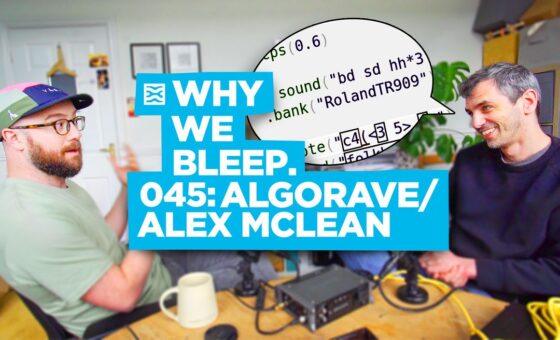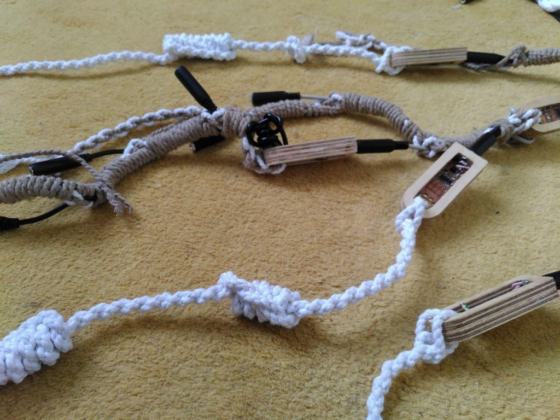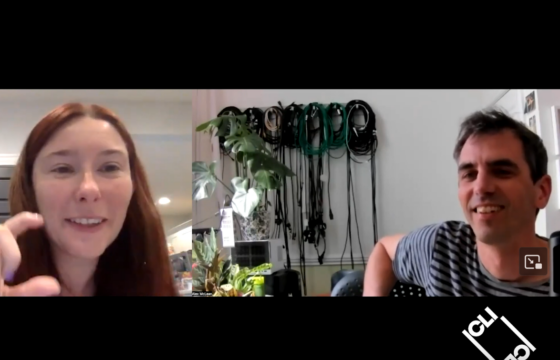This was a fun chat with Mylar Melodies for his Why We Bleep podcast, about algorave, tidalcycles/strudel, live coding and … More
Category: livecoding
Algorithmic Pattern updates
I’ve been a bit behind on blogging in general, but made five posts in the Algorithmic Pattern blog yesterday.. On … More
Performing openness in academic publishing
I was unsure about writing this blog post, but today I was turned away from signing up for the openly-advertised … More
Talk abstract: Pattern and groove in live coding
I’m happy to have a talk accepted for the first groove workshop happening in Jan 2023, “an online meeting seeking … More
Chat with Kate Sicchio about Algorithms, Patterns, Robots and Errors
Kate Sicchio and I had a nice chat about our interest in patterns as part of this year’s International Conference … More
How generative art works
I’m fascinated with this video: At the start Sylvie Rasch shows a sock that she says is completely done by … More
Voicing code with Eimear O’Donovan – IKLECTIK residency
We had some pandemic-related challenges, but Eimear + I had a great time collaborating as part of a residency for … More
Live interview with Music Hackspace
I’m really looking forward to joining JB from Music Hackspace to go through the pre-history, history, present and potential future … More
Research products
I’ve been enjoying the idea of “research products” as opposed to “research prototypes”. Prototypes are understood as a partially working … More
Radio show with Heavy Lifting
Lucy aka Heavy Lifting and I had some fun live coding on DINA radio, we start from around 50 mins … More




